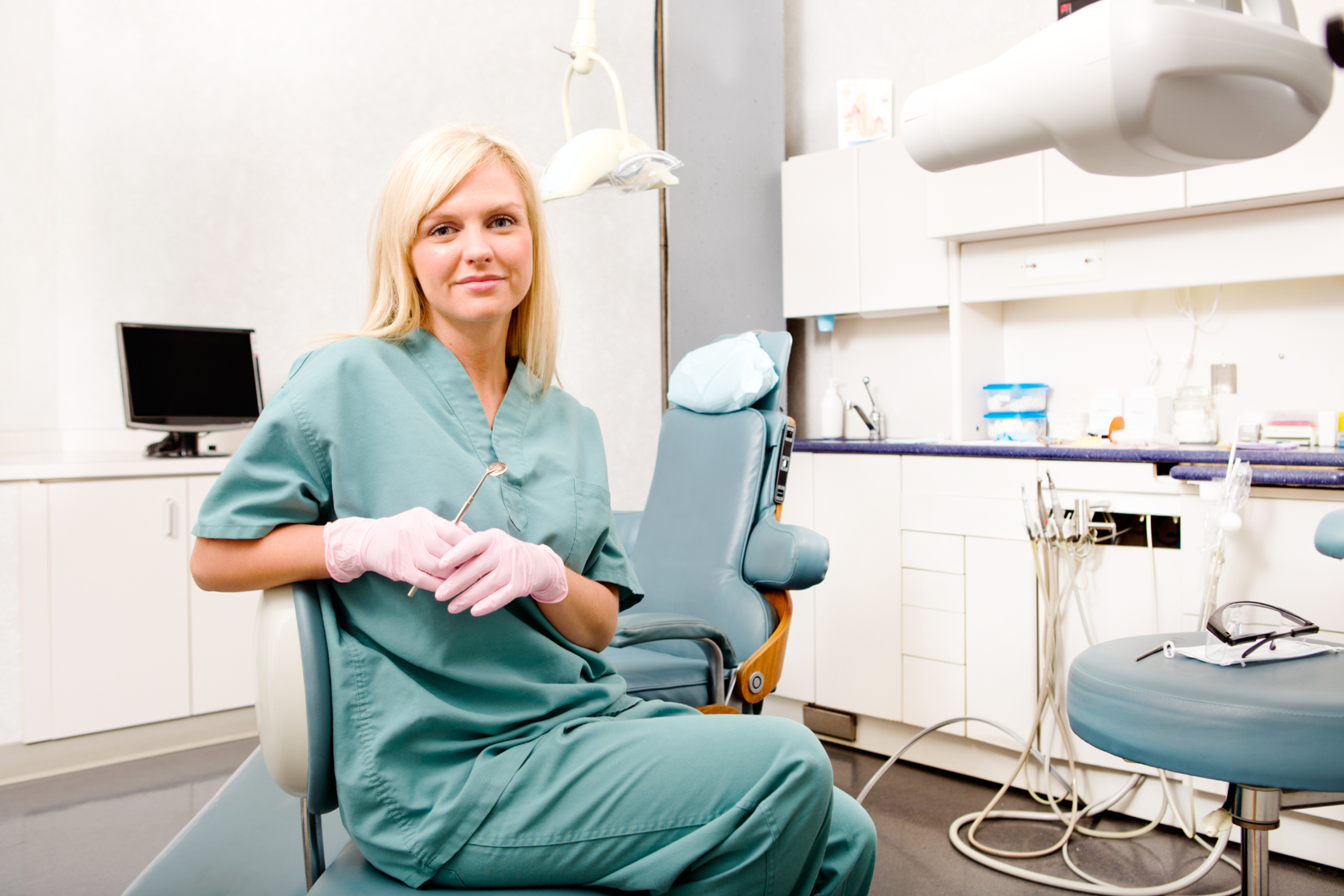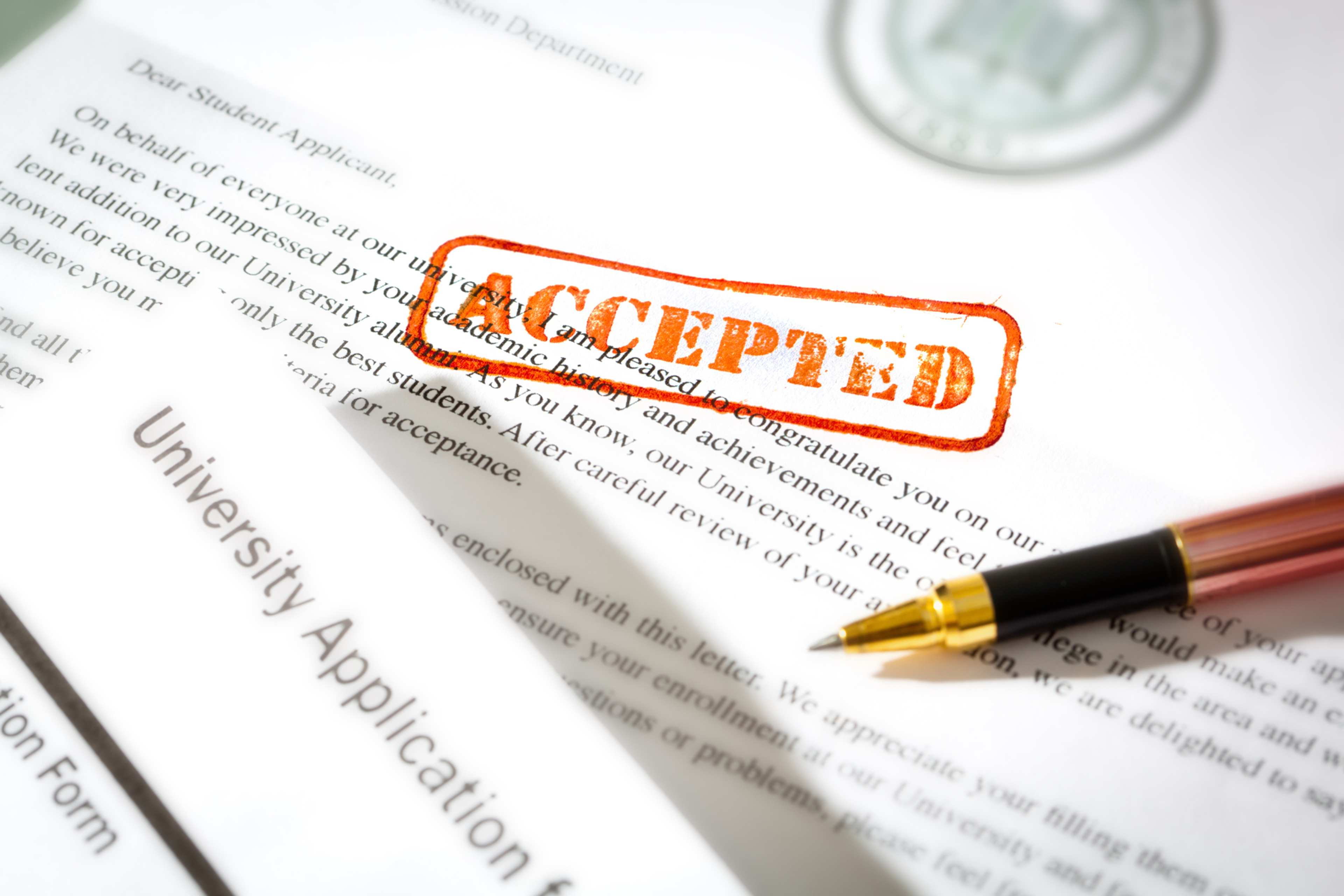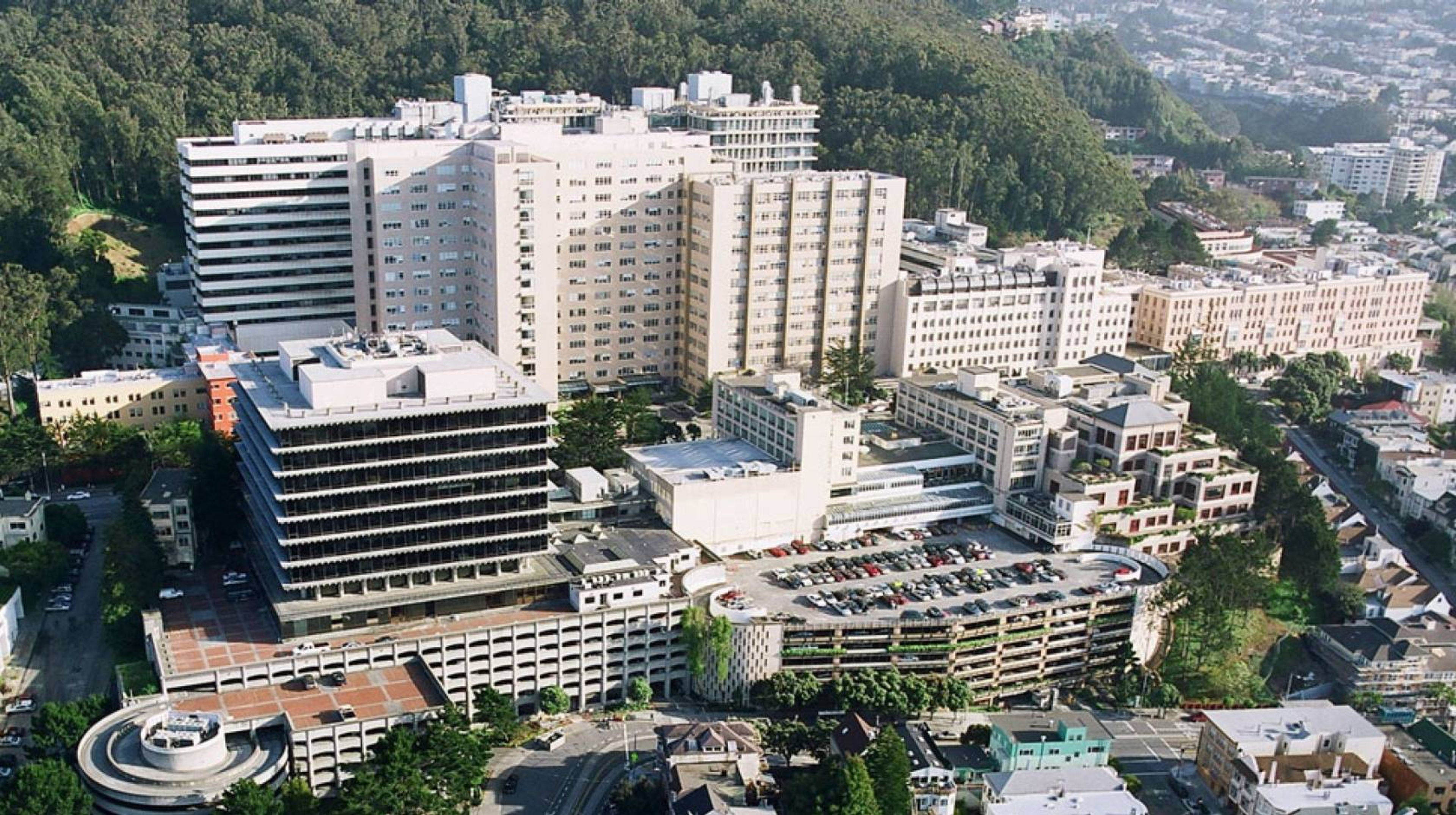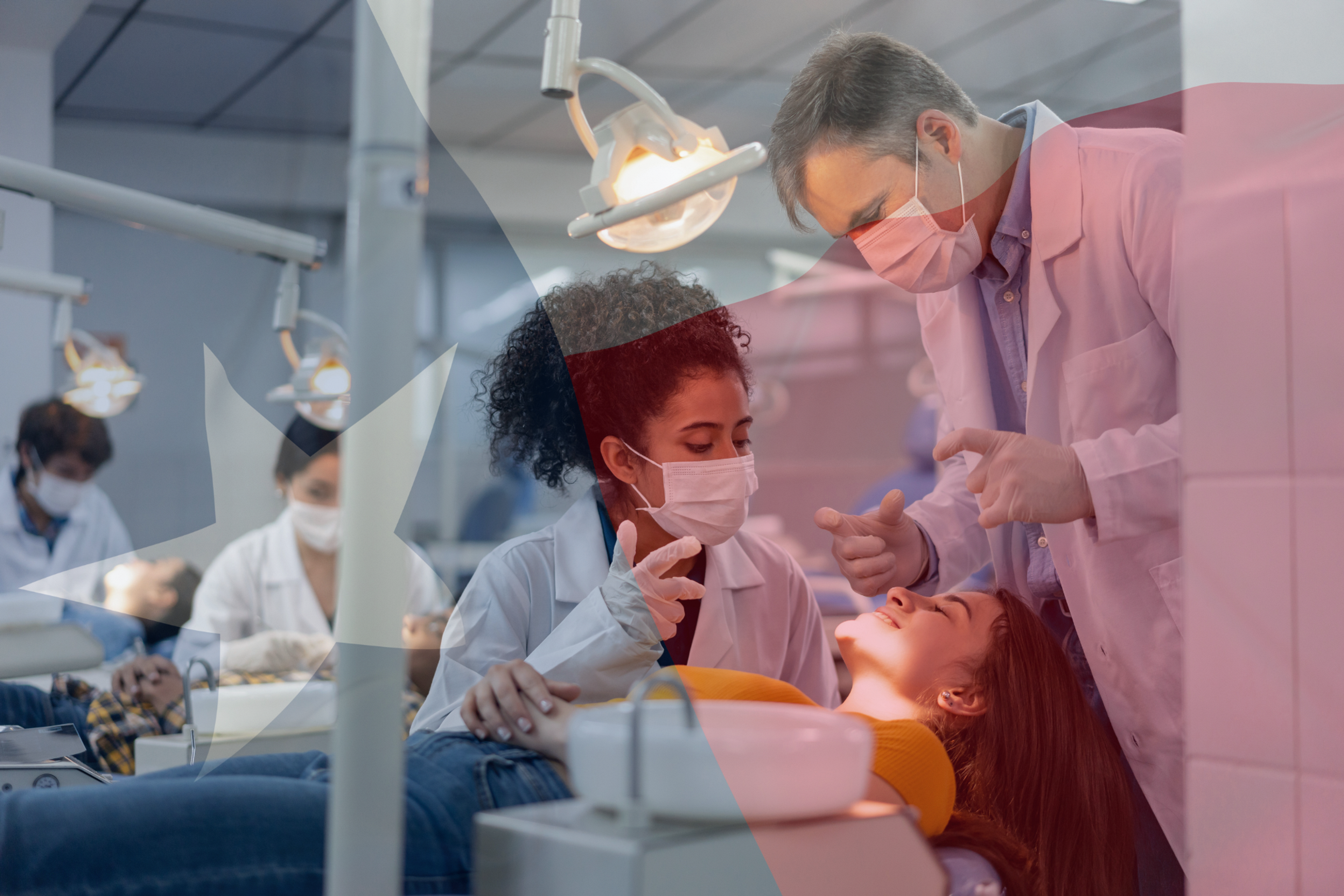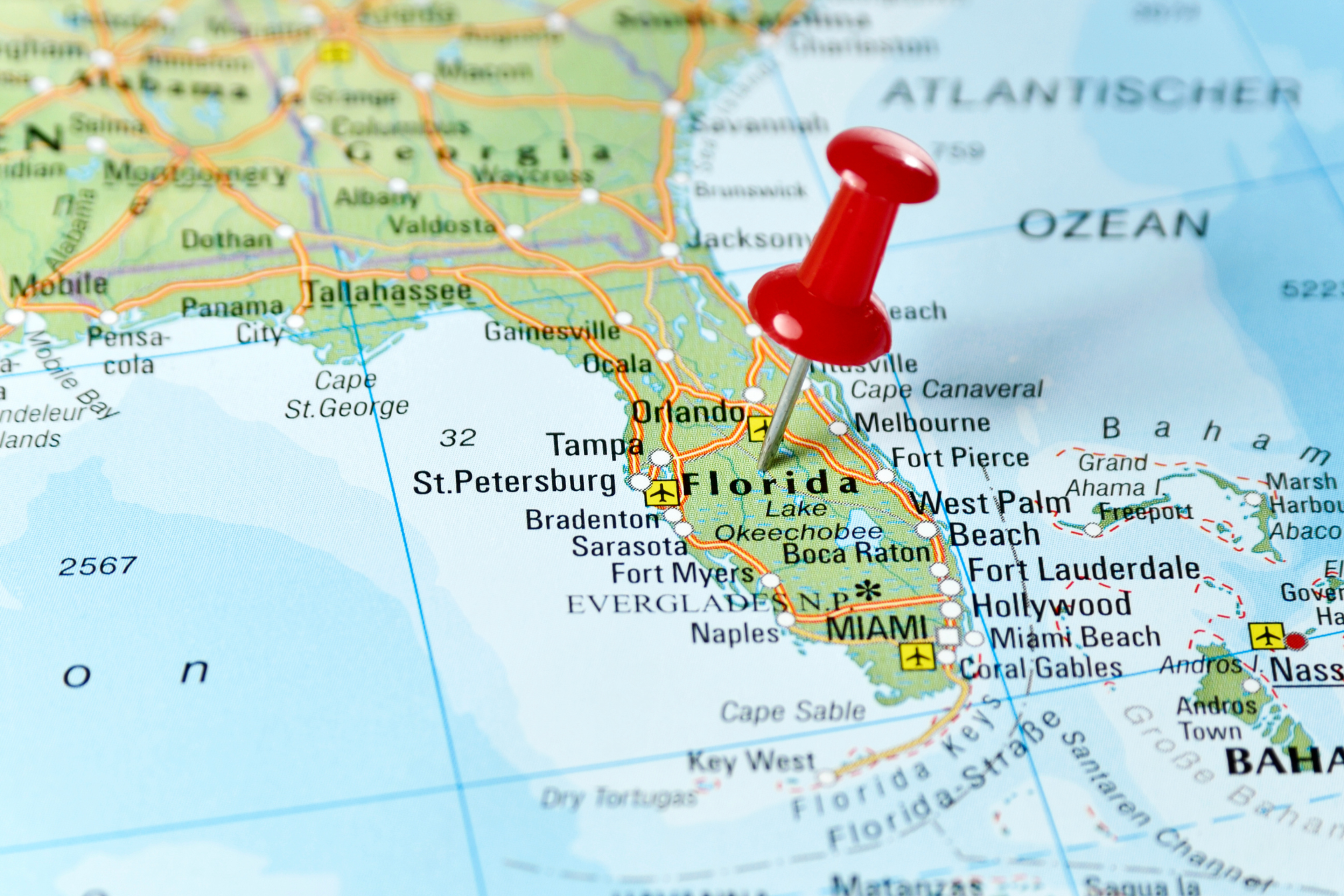The Top 10 Dental Anesthesiology Programs in the US
Discover the top 10 dental schools for dental anesthesiology and take your career to the next level.
Posted June 13, 2025
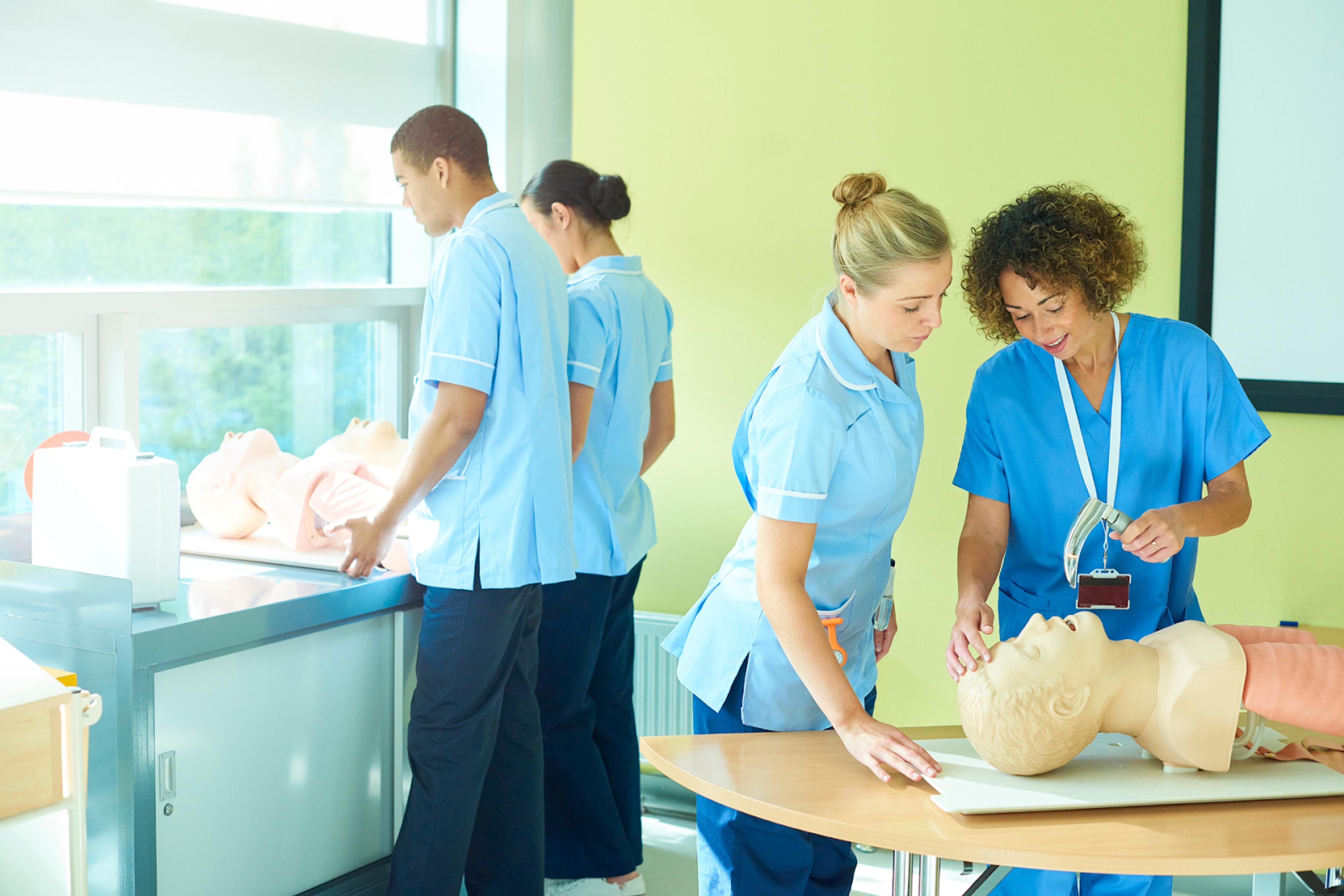
Table of Contents
Dental anesthesiology is a specialized field that focuses on providing anesthesia services for dental patients who need pain control, anxiety control, or sedation for procedures. Dentist anesthesiologists are trained to administer anesthesia care in various settings, including dental offices, hospitals, ambulatory surgery centers, and operating rooms.
Becoming a dental anesthesiologist requires completing a dental anesthesiology residency program, which typically lasts three years. Residents gain hands-on experience in anesthetic management, patient care, and adjunctive procedures while working in hospital dentistry, ambulatory settings, and specialized centers like children's hospitals. Programs focus on treating a wide range of patients, including special needs patients, pediatric patients, and those with acute orofacial pain.
Selecting the right dental anesthesiology residency is important for receiving strong clinical training and exposure to a full spectrum of anesthesia techniques. This article highlights the top programs in the US, based on accreditation, faculty expertise, training environments, and career opportunities.
What is Dental Anesthesiology?
Role of a Dental Anesthesiologist
- Selecting and administering the appropriate anesthesia based on the patient’s needs.
- Monitoring vital signs and patient safety before, during, and after procedures.
- Providing anesthesia services in various settings, including dental offices, ambulatory surgery centers, and hospitals.
- Managing pain control, sedation, and non-pharmacologic anxiety control techniques.
Who Benefits from Dental Anesthesia?
- Patients with severe dental anxiety or phobia: Many individuals avoid dental care due to fear of pain, making anesthesia a valuable tool for ensuring a stress-free experience.
- Patients with medical conditions: Individuals with cerebral palsy, Parkinson’s disease, or developmental disabilities may struggle to remain still during procedures. Anesthesia allows for safer and more effective treatment.
- Special needs patients: Those with intellectual or physical disabilities may require sedation for routine dental work.
- Patients undergoing complex procedures: Treatments like oral surgery, implant placement, and multiple extractions often require deep sedation or general anesthesia.
- Dental anesthesia residents: These residents are trained to administer anesthesia for various dental and oral surgical procedures. They undergo rotations and clinical training, serving a wide range of patients and ensuring safe and effective anesthesia care.
Types of Anesthesia Used in Dentistry
- Local Anesthesia: Numbs a specific area for minor procedures.
- Nitrous Oxide (Laughing Gas): Used for mild relaxation and anxiety control.
- IV Sedation: Provides moderate to deep sedation for more complex treatments.
- General Anesthesia: Used for patients with high anxiety, special needs, or extensive procedures, often administered in a hospital or surgery center.
Benefits of Studying Dental Anesthesiology
Studying dental anesthesiology offers strong job prospects and high earning potential due to the growing demand for dentist anesthesiologists. Dental anesthesiology residents undergo rigorous training, which includes both didactic and clinical components. These specialists play a key role in helping patients with dental anxiety, medical conditions, and special needs receive necessary care. Dental anesthesiologists work with patients of all ages, providing a rewarding and diverse clinical experience. The field is constantly advancing, offering opportunities for professional development and continuing education to stay updated with new anesthesia techniques and technologies.
How to Choose a Dental Anesthesiology Residency Program
1. Accreditation and Reputation
- Programs should be accredited by the Commission on Dental Accreditation (CODA).
- Accreditation confirms that the residency program meets national standards for education and training.
2. Clinical Training and Experience
- A strong residency program provides hands-on training in a variety of settings, including hospital dentistry, ambulatory surgery centers, and office-based anesthesia.
- Programs should emphasize treating pediatric patients, developmentally disabled patients, and those needing anxiety control.
3. Faculty and Mentorship
- A program director and faculty with experience in anesthetic management and dental medicine can improve the quality of training.
- Mentorship is important for preparing residents to provide anesthesia services in different settings.
- The dental medicine department plays a crucial role in preparing residents for pain management and anesthesia techniques, integrating with medical anesthesiology training and offering specialized clinical experiences.
4. Patient Exposure and Case Volume
- A strong program provides residents with a significant portion of their training in real-world settings.
- Programs should offer exposure to emergency medicine, internal medicine, and pain control procedures.
5. Career Placement and Alumni Network
- Graduates should be well-prepared to provide anesthesia in dental offices, hospitals, and surgery centers.
- A program with a strong alumni network helps with job placement and career opportunities.
The 10 Best Dental Anesthesiology Programs in the US
| School Name | Acceptance Rate |
|---|---|
| New York University – Langone Health | 2.7% |
| University of California, Los Angeles (UCLA) – School of Dentistry | 6% |
| University of Pittsburgh – School of Dental Medicine | 7% |
| University of Southern California (USC) – Herman Ostrow School of Dentistry | 6.1% |
| Rutgers University – School of Dental Medicine | 5% |
| Loma Linda University – School of Dentistry | 7.44% |
| Illinois Masonic Medical Center – Dental Anesthesiology Residency Program | 5.08% |
| The Ohio State University – College of Dentistry | 12.55% |
| Medical College of Wisconsin – Dental Anesthesiology Residency | 5% |
| Stony Brook University – School of Dental Medicine | 4.9% |

1. New York University – Langone Health
- Location: New York, NY
- Program Length: 3 years
Key Highlights:
- One of the largest dental anesthesiology residency programs in the US.
- Residents receive training in office-based anesthesia, operating room anesthesia, and emergency medicine.
- Emphasizes treating special needs patients and pediatric patients.
- Strong focus on non-pharmacologic methods and anxiety control techniques.
2. University of California, Los Angeles (UCLA) – School of Dentistry
- Location: Los Angeles, CA
- Program Length: 3 years
Key Highlights:
- Residents train in hospital dentistry, ambulatory settings, and non-surgical treatment techniques.
- Offers clinical training in anesthetic management for complex medical cases.
- Strong research opportunities in pain control and adjunctive procedures.
- The faculty includes leading experts in dental anesthesiology and patient care.
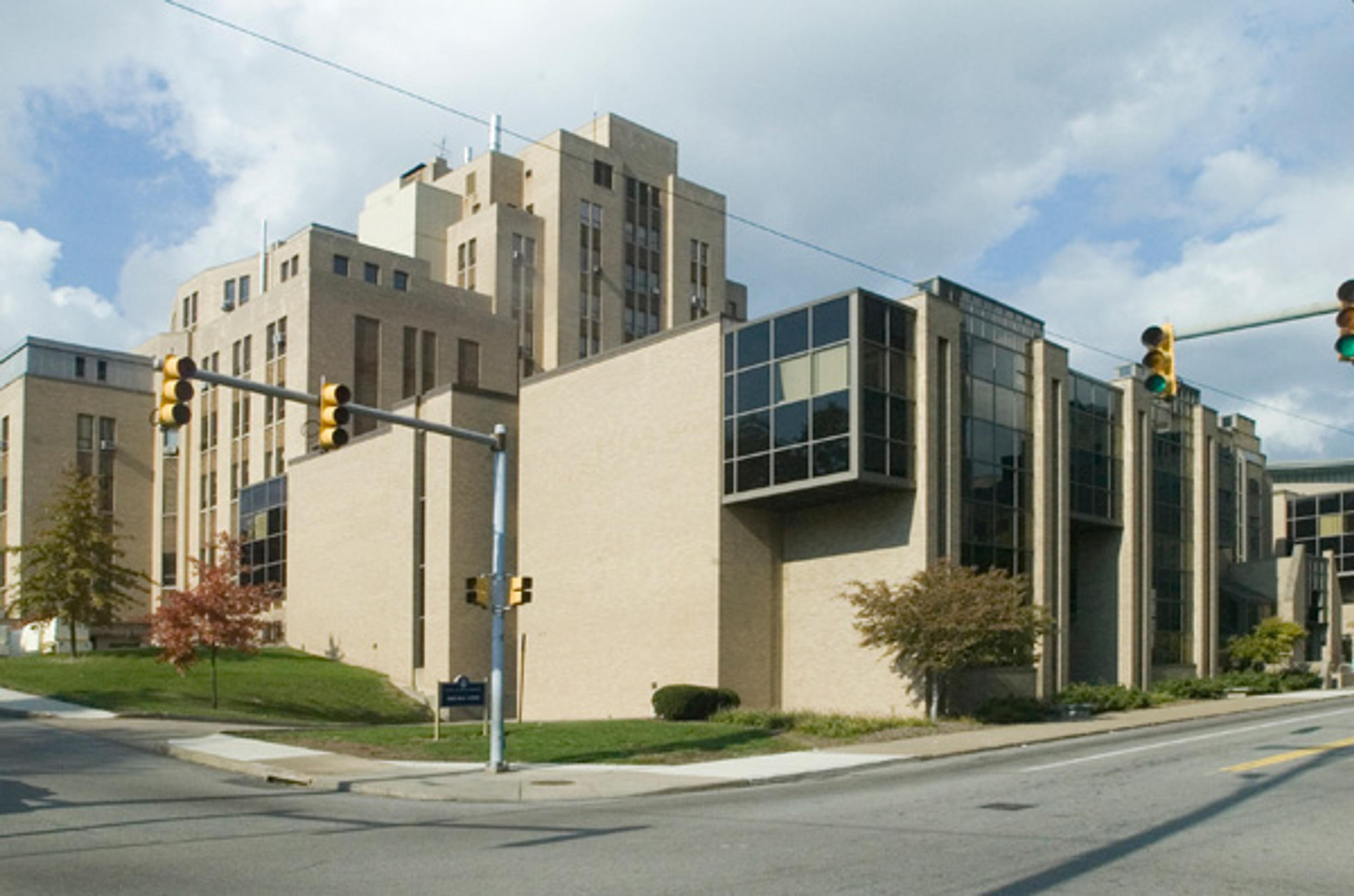
3. University of Pittsburgh – School of Dental Medicine
- Location: Pittsburgh, PA
- Program Length: 3 years
Key Highlights:
- Training in anesthesia care for dental patients in hospital and office settings.
- Residents participate in rotations in internal medicine, emergency medicine, and pediatric medicine.
- The program director is a recognized leader in dental anesthesiology training.
- Offers exposure to treating developmentally disabled patients and those with acute orofacial pain.
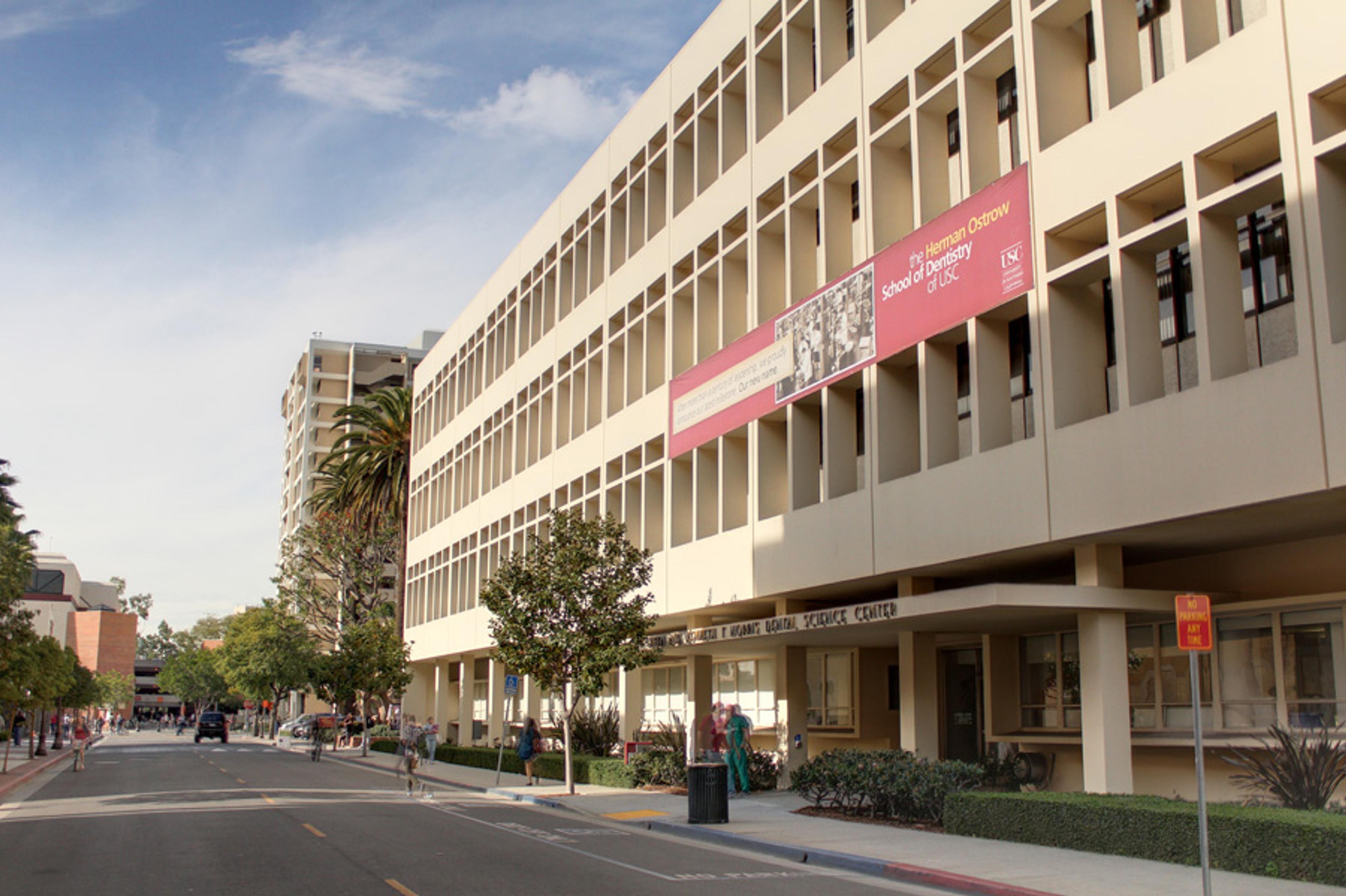
4. University of Southern California (USC) – Herman Ostrow School of Dentistry
- Location: Los Angeles, CA
- Program Length: 3 years
Key Highlights:
- Offers full-spectrum anesthesia training in hospital, ambulatory, and dental office settings.
- Residents train in anesthetic management for pediatric and special needs patients.
- Provides strong preparation for office-based anesthesia services.
- Emphasis on patient safety, pain control, and non-pharmacologic anxiety control methods.
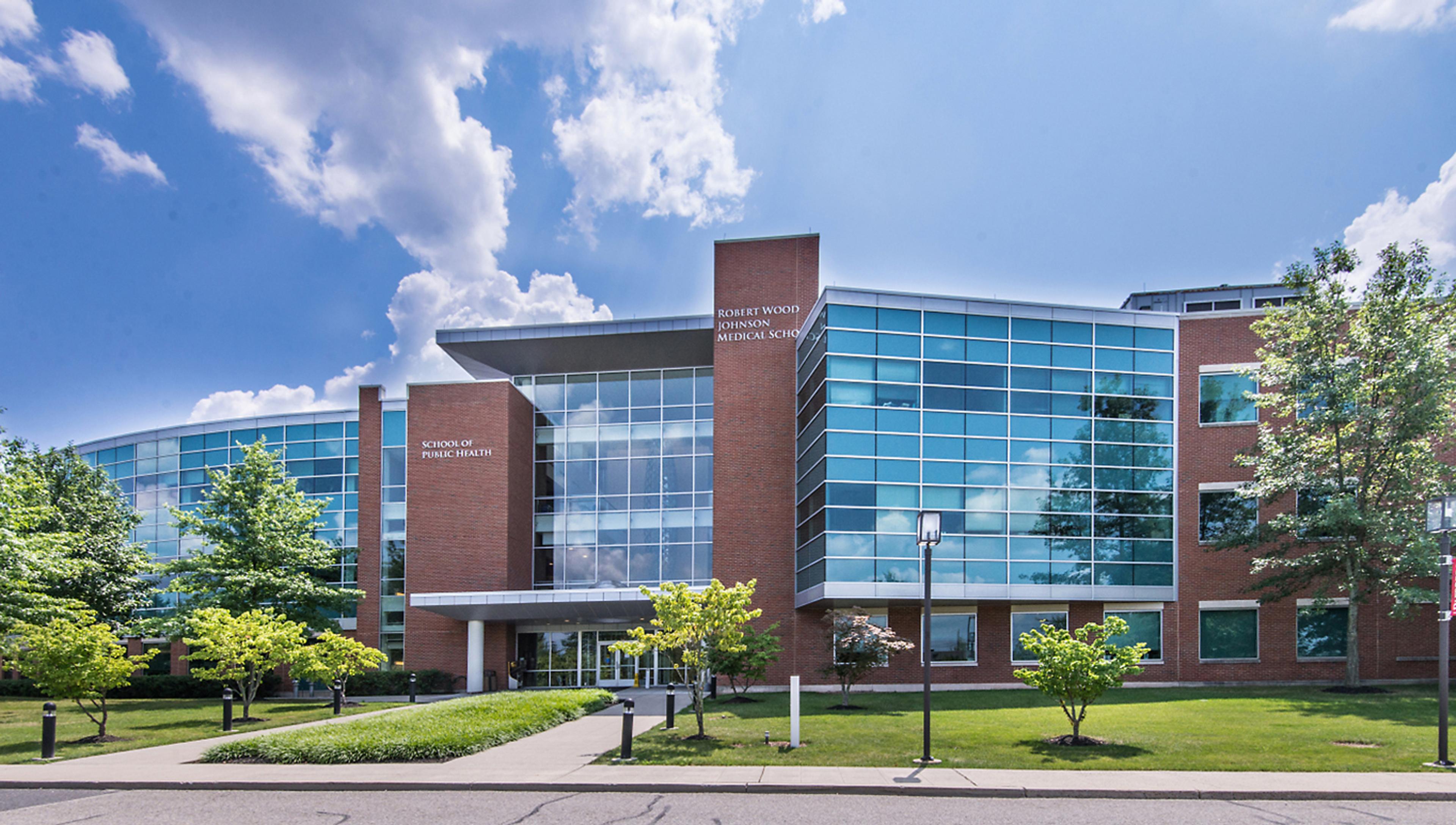
5. Rutgers University – School of Dental Medicine
- Location: Newark, NJ
- Program Length: 3 years
Key Highlights:
- Provides a strong mix of clinical training and research.
- Residents rotate through medical centers, surgery centers, and children’s hospitals.
- Faculty includes leaders in dental anesthesiology and hospital dentistry.
- Residents gain hands-on experience treating special needs patients and medically complex cases.

6. Loma Linda University – School of Dentistry
- Location: Loma Linda, CA
- Program Length: 3 years
Key Highlights:
- Offers training in pain control, anesthesia care, and ambulatory settings.
- Residents receive training in operating room anesthesia and emergency medicine.
- Strong emphasis on providing anesthesia services for dental patients with complex medical histories.
7. Illinois Masonic Medical Center – Dental Anesthesiology Residency Program
- Location: Chicago, IL
- Program Length: 3 years
Key Highlights:
- One of the few hospital-based dental anesthesiology residency programs.
- Residents train in anesthetic management for emergency medicine and pediatric medicine.
- Provides extensive clinical training in ambulatory surgery centers.

8. The Ohio State University – College of Dentistry
- Location: Columbus, OH
- Program Length: 3 years
- Key Highlights:
- Offers strong hospital-based training in anesthetic management.
- Residents participate in rotations in pediatric medicine and internal medicine.
- Focus on providing anesthesia for dental care in both office and hospital settings.
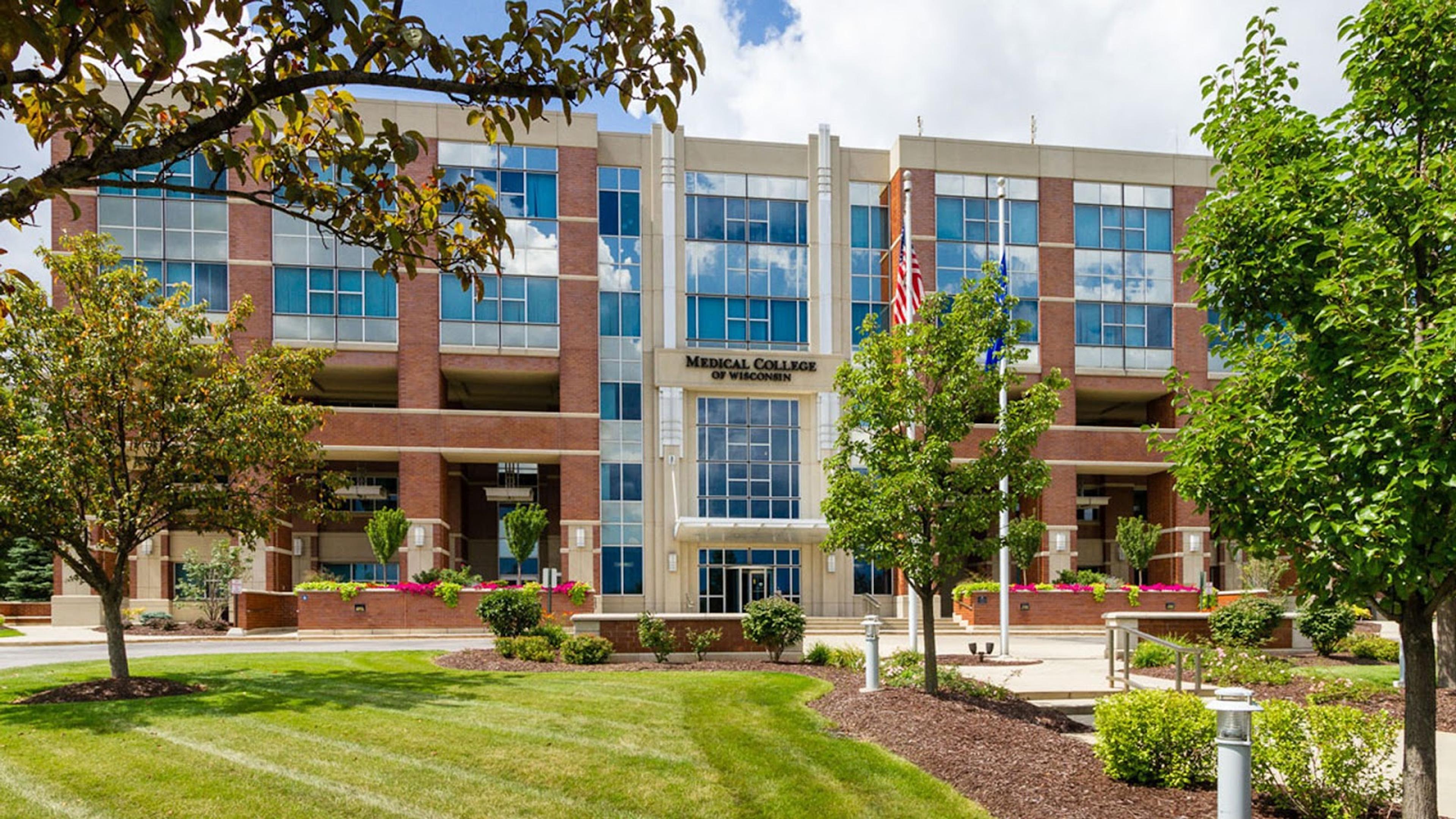
9. Medical College of Wisconsin – Dental Anesthesiology Residency
- Location: Milwaukee, WI
- Program Length: 3 years
- Key Highlights:
- Residents gain experience in operating room anesthesia and office-based sedation techniques.
- Strong clinical exposure to pain control and anxiety control for dental procedures.
10. Stony Brook University – School of Dental Medicine
- Location: Stony Brook, NY
- Program Length: 3 years
- Key Highlights:
- Provides hands-on training in hospital dentistry and ambulatory settings.
- Strong emphasis on treating pediatric patients and medically complex cases.
Bottom Line
Dental anesthesiology residency programs provide the training needed to become a dentist anesthesiologist, focusing on pain control, anxiety management, and anesthesia care for dental patients. Programs like NYU, UCLA, and USC offer strong clinical training in hospitals, surgery centers, and office-based anesthesia settings. Choosing the right program depends on factors like accreditation, faculty mentorship, training opportunities, and career placement.
Get Help From a Dental School Admissions Coach
Getting into dental school or a dental anesthesiology program can be tough. A coach can help you improve your application, write a strong personal statement, and prepare for interviews.
Related Articles
If you're exploring dental anesthesiology programs or considering a career in dental medicine, these articles may provide additional insights:
- Dental School Interview Guide (2025)
- How Hard Is It (Actually) to Become a Dentist?
- How to Become a Dentist: Application, Degree Programs, FAQs
FAQs
How many years is dental anesthesiology school?
- Becoming a dental anesthesiologist takes about 10 to 11 years of education and training. This includes four years of undergraduate study, four years of dental school to earn a DDS or DMD degree and three years of a dental anesthesiology residency program. After completing residency, graduates must meet state licensing requirements to practice.
What schools offer dental anesthesiologists?
- Several schools and medical centers offer dental anesthesiology residency programs. Some of the top programs include New York University – Langone Health, University of California, Los Angeles (UCLA) School of Dentistry, University of Pittsburgh School of Dental Medicine, University of Southern California (USC) Herman Ostrow School of Dentistry, and Illinois Masonic Medical Center. These programs provide advanced training in anesthesia care for dental procedures.
How many dental anesthesiology programs are there?
- The Commission on Dental Accreditation (CODA) recognizes about 10 to 15 accredited dental anesthesiology residency programs in the U.S. These programs are highly competitive and focus on training residents in anesthesia care, pain control, and patient management in various clinical settings, including hospitals, ambulatory surgery centers, and dental offices.
Can a dentist become an anesthesiologist?
- Yes, a dentist can become an anesthesiologist by completing a dental anesthesiology residency program after earning a DDS or DMD degree. Unlike medical anesthesiologists who work in general healthcare settings, dentist anesthesiologists specialize in providing anesthesia for dental patients, often in office-based settings, hospitals, or surgery centers


